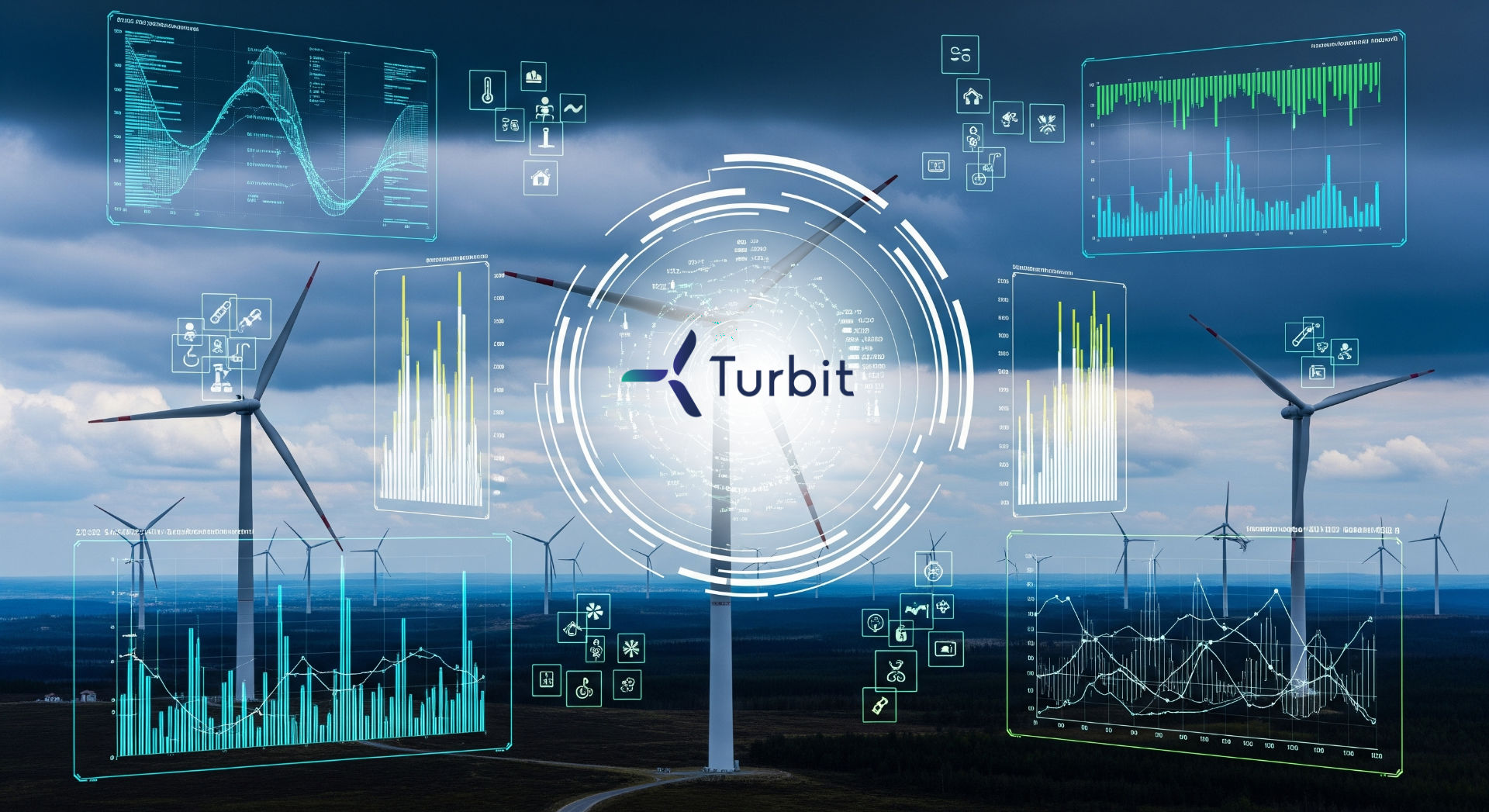AI Monitoring of Wind Turbines
AI-supported monitoring (AI monitoring) is becoming the standard in the operational management of wind turbines. Based on SCADA, condition and vibration data, models detect deviations from normal operation at an early stage, prioritize risks and support decisions for maintenance, performance optimization and asset management. This guide summarises the most important use cases, benefits and procedures for operators – including advice on working with specialist providers and consultants.
What does AI monitoring do?
- Early warning system: AI models learn the "standard behavior" of each turbine (across OEMs) and report conspicuous deviations as alarms with recommendations for action.
- Predictive maintenance: Failure probabilities, remaining service lives and prioritization enable planned shutdowns instead of unexpected failures.
- Performance monitoring: Yield losses due to underperformance, pitch/yaw deviations or icy rotors are detected and quantified.
- Automation: Recurring evaluations (data cleansing, alarm classification, reporting) are partially automated – operational management focuses on decisions.
Typical Data Sources
- SCADA data (10-minute/high-res): power, wind speed, temperature, pitch/yaw, error messages.
- CMS/vibration data: frequency spectra, vibrations, bearing/gear indicators.
- Status and event data: maintenance history, faults, ice/soiling events, grid events.
- External data: Weather/meteorological data, grid and operational restrictions.
Core benefits for operators
- Fewer failures and shorter downtimes (early fault detection, better parts logistics).
- Lower OPEX (targeted deployments; Exchange by state instead of rigid by time).
- Higher AEP/availability (faster detection of underperformance, pitch/yaw optimization).
- Better negotiating position (insurers, banks, buyers) through transparent data and reports.
Process model: 6 steps to introduction
- Data inventory & accesses: Clarify SCADA/CMS interfaces, check data quality.
- Basic Models & Baseline: Train turbine-specific normal behavior models, define KPIs.
- Alerting & Triage: Agree on thresholds, priorities, escalation paths, and service workflows.
- Root cause analysis: Data-driven root cause research (e.g. pitch, gearbox, generator, grid).
- Action planning: maintenance window, spare parts, contract/warranty coordination.
- Review & Learning: Feedback loops from findings for continuous model improvement.
Consulting & cooperation with providers
AI monitoring unfolds its value in the interplay of technology, processes and expertise. Consulting firms and specialized providers provide support in data integration, modeling, alarm triage and change management. Regular review calls (e.g. monthly) with operations, service and providers are useful to validate alarms, derive measures and track KPIs.
Procurement checklist (excerpt)
- Cover: OEM/Model Agnostic? Onshore/Offshore? Number of turbines scalable?
- Data: Supported SCADA/CMS interfaces, historization, DataHub/Export.
- Alerts & Workflows: Prioritization, ticket integration (e.g., control room/asset management software), confidence/explainability.
- Security & Compliance: Access, Client Segregation, Hosting (EU), SLA.
- Consulting: Onboarding, training, regular expert sessions.
- ROI/KPIs: Availability, AEP profit, avoided failures, OPEX reduction.
Example: AI Monitoring in Practice
- Learning system: Historical SCADA data trains models per turbine; Running measured values are compared with simulated normal values (deviation alarm).
- Collaboration: Alarms are discussed, verified and classified together with the provider; this feedback continuously improves the models.
- Integration: Close integration with control room and asset management systems facilitates implementation in day-to-day business.
KPIs to measure success
- Technical: Availability, Mean Time to Repair (MTTR), Time-to-Detect/Time-to-Response, Alarm-Precision/Recall.
- Economical: Additional AEP, avoided downtime costs, OPEX savings.
- Procedural: quotas for implemented measures, ticket throughput times, training status.
Result
AI monitoring makes operational management more proactive, transparent and economical. With clear processes, qualified advice and appropriate KPIs, operators increase availability and AEP, reduce OPEX and strengthen the marketability of their assets. Data access, robust models and close cooperation between operator, service and provider are crucial for a successful implementation.



